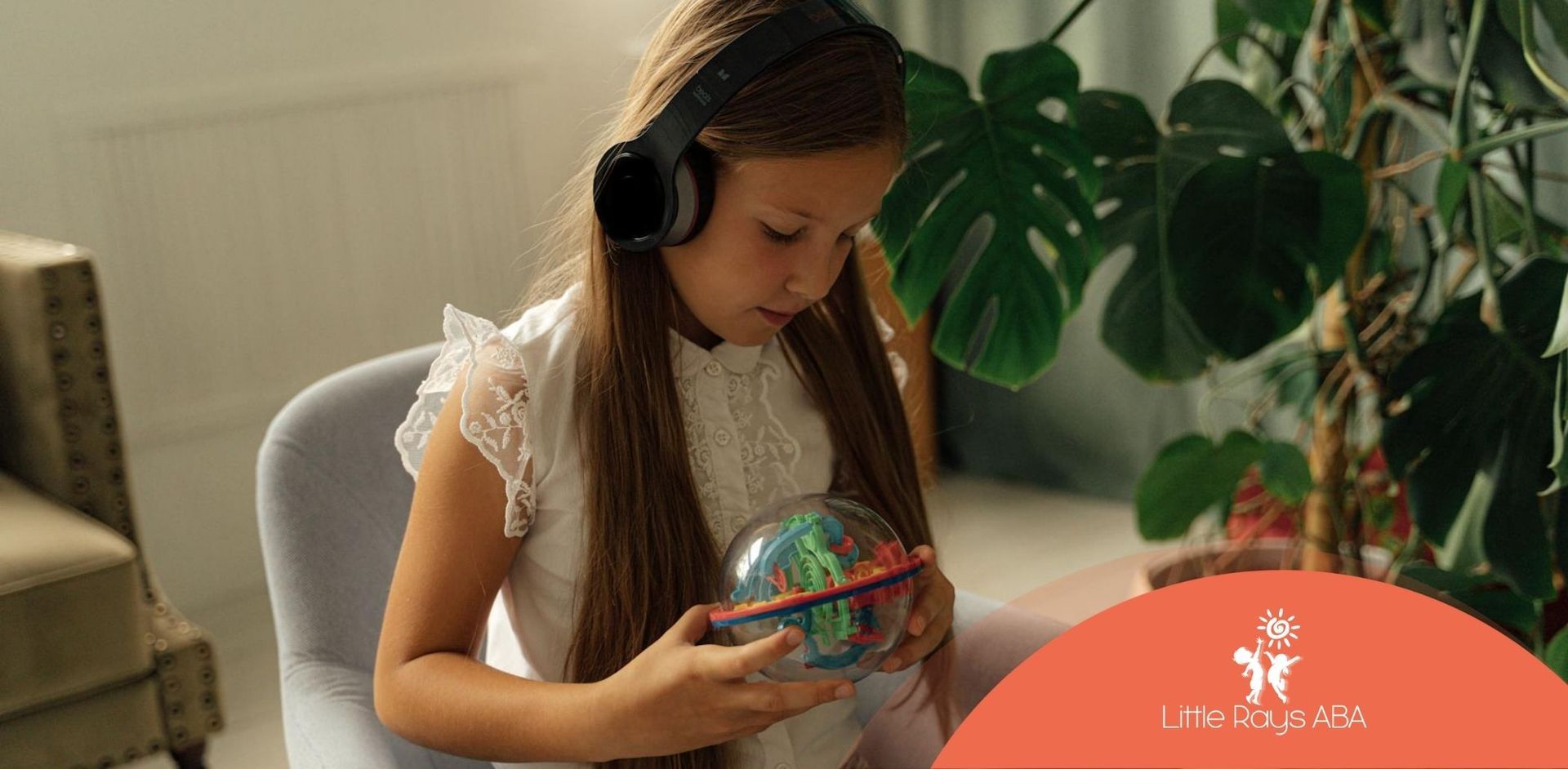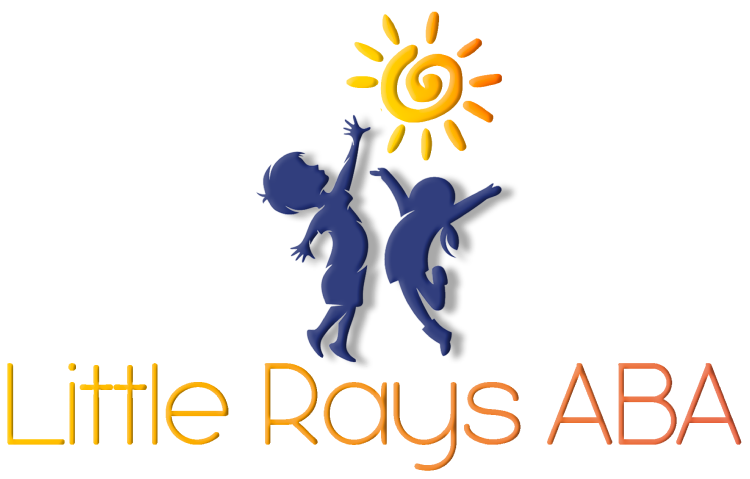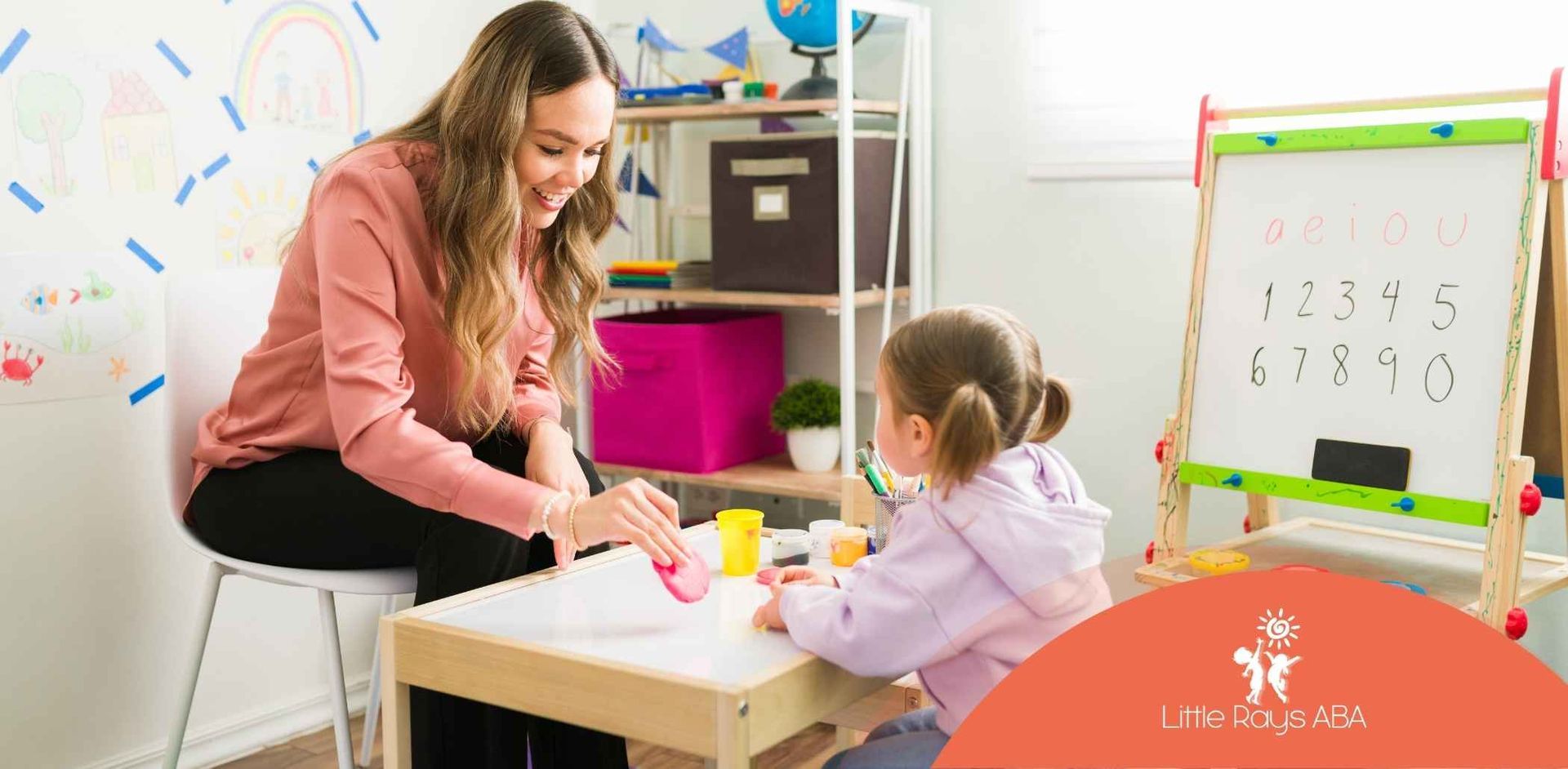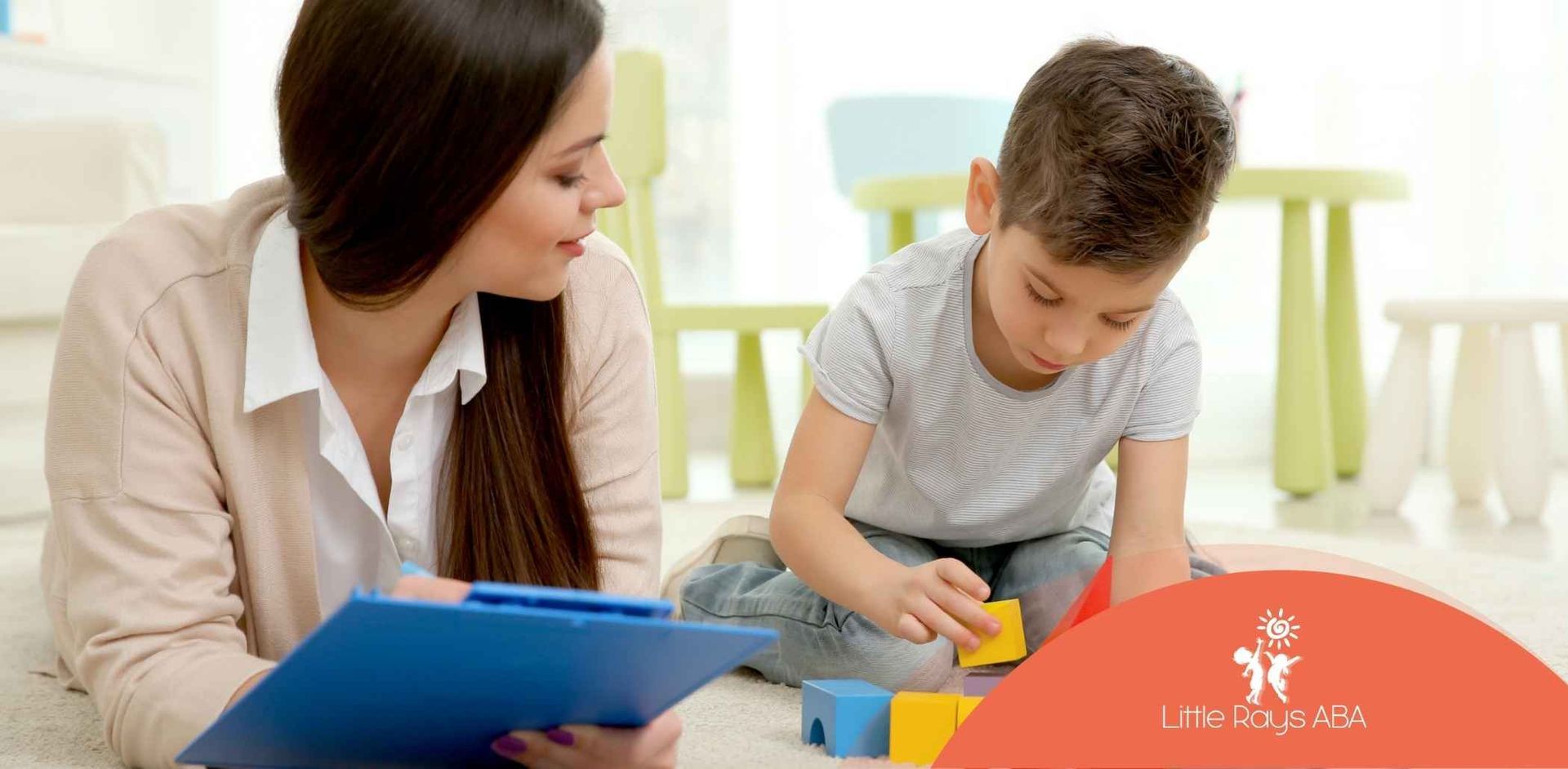
Best Noise Canceling Headphones for Autism Reviewed
Key Highlights
- Noise-canceling headphones are an effective tool for autistic individuals, helping manage sensory overload caused by ambient and loud noises.
- They use advanced active noise cancellation technology to reduce background noise, creating a calming auditory environment.
- Comfortable fit, durability, and safety are essential features to consider when choosing headphones for those on the autism spectrum.
- Gradual introduction and proper customization ensure the most effective use of noise-canceling headphones.
- Options like Bose QuietComfort 35 II, Sony WH-1000XM4, and Puro Sound Labs BT2200 cater to various sensory needs with quality noise reduction and comfort.
Introduction
Autism spectrum disorder often comes with sensory sensitivities. One common issue is noise sensitivity. For those who have problems processing sounds, regular noises can cause sensory overload and anxiety. This is why noise-canceling headphones are important. These headphones use active noise reduction technology to block out annoying background noise. They help create a calm space. This allows autistic individuals to handle busy places better, stay focused on tasks, and control sensory overload successfully. Let’s look at their benefits, features, and top recommendations to meet specific sensory needs.
Understanding Autism and Sensory Sensitivities
People on the autism spectrum often have special challenges when it comes to processing sensory stimuli. Sounds that others might easily tolerate can feel too much for them. This can cause discomfort and stress. So, it's very important to help with sensory sensitivities.
For many autistic individuals, handling sensory input is key to staying focused and feeling good emotionally. When caregivers and families understand how sensory sensitivities connect with autism, they can make a better auditory environment. Noise-canceling headphones are a practical tool. They can help ease auditory stress and improve the quality of life.
The Role of Sensory Processing in Autism
Sensory processing is very important for people with autism spectrum disorder (ASD). Sensory Processing Disorder (SPD), which is often related to autism, happens when the brain has a hard time handling sensory information. This could lead to being overly sensitive to things around them, like loud noises.
For autistic individuals, busy places such as shopping malls or schools can feel too much to handle. Their sensitivity to noise can make sounds seem even louder, causing stress and anxiety. It's crucial to find ways to help them cope with these challenges for their overall well-being.
Headphones made for sensory relief can help these individuals deal with loud environments while still needing calm. They block out too much noise, helping them to face sensory processing difficulties. This can improve their comfort and help them to join more in daily activities and social interactions.
How Noise Impacts Individuals with Autism
Noise sensitivity has a big impact on many people with autism. Loud sounds or noisy places can cause anxiety, sensory overload, and meltdowns. This sensitivity comes from trouble filtering out background noise.
Busy locations, like shopping malls or classrooms, can feel very chaotic for autistic individuals. Sudden loud noises, such as honking or alarms, make things even worse. This often leads them to shut down or avoid certain places altogether. It is important to address this sensitivity to improve their quality of life.
Noise-canceling headphones can help. They change loud auditory chaos into a more controlled auditory environment. By blocking or lowering external sounds, they create a personal sensory sanctuary for individuals. Over time, this coping mechanism allows them to regain confidence facing noisier settings while feeling safe and calm.
The Science Behind Noise-Canceling Technology
Noise-canceling headphones use special technology to reduce annoying sounds. Active Noise Cancellation (ANC) has microphones that pick up outside noise and send out sound waves that fight against those noises. This method cuts down on unwanted background sounds.
On the other hand, passive noise isolation depends on how the headphones are built to block out outside noise. When these two technologies work together, they make a quieter listening experience. This makes noise-canceling headphones very helpful for people who are sensitive to noise, especially those on the autism spectrum. Knowing how these systems work helps people choose the right headphones for their sensory needs.
Active vs. Passive Noise Cancellation Explained
Noise reduction in headphones involves two main techniques: Active Noise Cancellation (ANC) and Passive Noise Isolation. ANC uses built-in microphones to pick up outside sounds. It then creates sound waves to cancel out those noises. This works best for changing or high-frequency background noise.
On the other hand, Passive Noise Isolation uses physical barriers, like padded ear cups, to block outside noise. These headphones are good at stopping steady or constant sounds, giving a quieter experience without needing electronic help.
For autistic individuals, these two technologies have different advantages. ANC is great for busy places like streets, while passive isolation works well in quiet, indoor areas. The right choice depends on a person's sensory needs and daily activities, ensuring they get the best comfort and noise reduction.
Benefits of Noise-Canceling for Sensory Issues
Noise-canceling headphones are very helpful for people with autism who experience sensory overload. They lessen loud sounds from the environment. This helps create a calm auditory environment, allowing for more peace and focus.
For those who feel overwhelmed by noise, headphones give a personal sensory sanctuary. They reduce stress from external stimuli, helping users relax in busy places like airports or classrooms.
These headphones do more than bring comfort. They help improve communication and social interactions. By cutting down on auditory distractions, people can understand conversations better and connect with their surroundings. This benefit supports personal and emotional growth. Overall, noise-canceling headphones are a great tool to improve the quality of life for autistic individuals.
Essential Features of Headphones for Autistic Users
Choosing the right headphones for autistic individuals means focusing on certain features. You should look for adjustable headbands, cushioned ear cups, and lightweight designs to keep them comfortable while wearing them for a long time. It's also important to have safety features like volume control to protect hearing. Using durable materials helps the headphones last through daily use.
Headphones that meet sensory needs often have active noise cancellation along with passive isolation. This combination lets the user manage sound in different ways. All these features work together to provide a supportive listening experience, helping with sensory challenges in various situations.
Importance of Comfort and Fit
Comfort and fit are very important when choosing headphones for autistic individuals. Sensory sensitivities can make tight or heavy headphones uncomfortable. This may lead to them avoiding wearing them. It is best to choose models with adjustable headbands and soft, cushioned ear cups for a gentle feel.
Headphones should be lightweight but strong. This way, they can be worn for a long time without making the user feel tired. Some people might also want hypoallergenic materials to prevent any sensory irritation. It's good to think about models that can be adjusted to meet personal sensory needs.
A comfy fit helps users enjoy noise-canceling features in their daily lives. This makes listening more pleasant, reduces sensory stress, and allows them to use headphones consistently, even in noisy or difficult environments.
Durability and User Safety Considerations
When buying headphones for autistic individuals, it is important to focus on durability and safety. The materials used should be strong enough to handle daily use without damage.
Safety features are key, like volume control, which helps protect ear health. Headphones that limit sound can keep users safe from loud noises that might harm their hearing. Also, make sure the headphones are made with non-toxic materials to prevent skin irritation or allergies, especially for those with sensitive skin.
Products that come with safety certifications can show that they meet quality standards. Strong materials paired with ease of use can help autistic individuals use headphones in their everyday life. This gives them a good way to manage loud or distracting situations.
Choosing the Right Noise-Canceling Headphones
Finding the right headphones for someone with autism means looking closely at their special sensory needs. It's important to think about features like active noise cancellation, comfort, and wireless ability so that they can be used in different places.
The headphones' durability and fit are also very important for daily use. Models from brands like Bose and Sony are highly recommended. They provide great noise isolation and are designed for sensory challenges. By considering these things, you can pick headphones that help create a more controlled auditory environment. This can lead to calm and comfort.
Criteria for Selecting Headphones
Choosing headphones for people with autism needs careful thought. First, focus on sound quality and noise reduction features to help with loud noises. Good noise-canceling technology reduces the chances of sensory overload. This is important for people who are sensitive to sound.
Comfort is very important too. Ear cups and adjustable headbands help fit the headphones well without causing irritation. You should also think about the weight and materials, making sure they are strong but still comfortable. Opt for headphones with Bluetooth connectivity for more flexibility and easy movement, especially for active users.
Battery life is another key factor, especially for those who need headphones for long hours. Find models that offer lasting performance and easy recharging. By knowing these specific needs, you can make sure the headphones support both auditory and sensory needs.
Top Recommended Models and Their Features
Some headphones are known for their friendly designs that help people with sensory needs. Here are three great choices:
| Model | Key Features |
|---|---|
| Bose QuietComfort 35 II | Amazing active noise cancellation, light weight, long battery life |
| Sony WH-1000XM4 | Great sound quality, smart ANC technology, wireless connection |
| Puro Sound Labs BT2200 | Keeps volume safe, good for kids, strong and sturdy |
These models are ideal for different ages and sensory needs. The Bose QuietComfort 35 II provides excellent noise isolation and comfort for longer wear. The Sony WH-1000XM4 features customizable settings along with advanced ANC technology. For kids, the Puro Sound Labs BT2200 offers safety with volume-limiting features. All of these options help create a better sensory experience for those on the autism spectrum.
Practical Tips for Using Headphones with Autistic Individuals
Creating a good auditory environment begins with helping you adjust slowly. Start using noise canceling headphones in short bursts. This way, you won't feel too overwhelmed. You can also use ambient noise or white noise to make things feel calm. Choose headphones that have excellent sound quality and an adjustable headband to make sure they are comfy. Set a regular schedule for using these headphones in busy places. This helps manage sensory overload and gives you a sense of security wherever you are.
Introducing Headphones Gradually
Creating a comfortable experience with headphones is important for autistic individuals. Start in a calm place to get them used to the headphones. Let them explore the adjustable headband and ear cups. Slowly increase the time they wear them. Highlight the excellent sound quality and noise reduction features. These help create a controlled auditory environment. This gradual process can lessen sensory sensitivities. It builds a sense of security and helps them have a positive experience. This ultimately supports them in dealing with external stimuli in daily life.
Managing Sensory Overload Effectively
Managing sensory overload can really help autistic people in their daily lives. Noise-canceling headphones are important tools. They reduce noise and create a more controlled auditory environment. Active noise cancellation technology works to block loud sounds and ambient noise. This leads to a calming auditory environment. Setting up rules for using headphones in busy places, like shopping malls or classrooms, can help autistic individuals deal with sensory stimuli. This also gives them a sense of security and comfort.
Impact of Headphones in Educational and Social Settings
Headphones are very important for the learning and social experiences of autistic individuals. In busy classrooms or at social events, good noise cancellation helps people focus by reducing distractions from outside noises. These headphones create a controlled auditory environment that can greatly lessen sensory overload, giving a sense of security. This protection also improves sound quality, helping autistic individuals do better in their learning and social interactions. It makes the space calmer, which is good for better engagement.
Enhancing Focus and Learning in Schools
A good pair of noise canceling headphones can help you focus and learn better in the classroom. They provide great noise isolation, which reduces distractions from background sounds. This is especially helpful for autistic individuals who need to concentrate on their work. The active noise cancellation technology creates a calming auditory environment that helps students engage more with their lessons. Plus, the adjustable ear cups make sure they stay comfortable during long study sessions. This support helps students do well in school and feel more confident in their learning experiences.
Balancing Headphone Use with Social Interaction
Finding a balance between using headphones and talking to others is very important for autistic individuals. Noise canceling headphones can provide a calm space from loud sounds. However, connecting with people is still very important. It helps to encourage short times of using headphones when in noisy places. This can keep interactions going without putting anyone at risk. Slowly bringing social activities together with using these headphones can create good experiences. This helps autistic individuals feel comfortable and talk better. Such a way supports their sense of security and lets them enjoy time with friends and family.
Addressing Common Concerns About Headphone Use
Concerns about using headphones often include issues like volume control and hearing safety. Choosing noise canceling headphones with adjustable volume can help reduce risks from loud sounds. It is also important to think about the specific sensory needs of the person. Options for customization, such as comfortable ear cups and adjustable headbands, provide a better fit. This personalization increases comfort and helps manage sensory sensitivities, making daily experiences more enjoyable.
Concerns About Volume Control and Hearing Safety
Monitoring volume levels is very important when choosing headphones for people with autism spectrum disorder. They often have higher noise sensitivity. Active noise cancellation technology can help create a sound-controlled space by lowering external sounds. However, it is important to keep the volume at a safe level to protect hearing health. Headphones with built-in volume limiters provide extra safety. They help to make sure the listening experience is comfortable while also protecting against possible hearing damage.
Customization and Personalization for Optimal Use
Tailoring headphones to fit individual sensory needs is important to get the most out of them. Features like adjustable ear cups and customizable sound profiles can make listening more comfortable and effective. For people with auditory sensitivities, both passive noise isolation and active noise cancellation can help create a more controlled auditory environment. Adding Bluetooth connectivity makes it easy to connect to different devices. This kind of personalization helps provide a calming auditory experience, which can greatly improve daily life for autistic individuals.
Conclusion
In summary, using noise canceling headphones in the daily lives of autistic individuals can really improve their quality of life. These headphones help manage sensory sensitivities and reduce auditory distractions. This creates a calming auditory environment. It's important to slowly introduce them and to understand each person’s sensory needs. This way, using these headphones can help with the unique challenges of the autism spectrum. Overall, having the right pair can provide a greater sense of security and comfort.
Frequently Asked Questions
Can noise-canceling headphones prevent meltdowns?
Noise-canceling headphones can really help reduce sensory overload. This overload is often what leads to meltdowns in autistic individuals. These headphones cut down on distracting sounds and help create a calm space. This way, they promote emotional control and offer good support during times that feel overwhelming.
How often should breaks be taken when using headphones?
To avoid tiredness and discomfort, take breaks every 30 to 60 minutes when using headphones. This helps people refresh their senses. It can reduce feeling overwhelmed and allows them to stay engaged and focused during activities.
SOURCES:
https://raisingchildren.net.au/autism/behaviour/understanding-behaviour/sensory-sensitivities-asd
https://pmc.ncbi.nlm.nih.gov/articles/PMC3086654/
https://www.autismparentingmagazine.com/choosing-noise-canceling-headphones/
https://www.dyson.com/discover/insights/audio/noise-canceling/the-difference-between-active-noise-cancellation-and-passive-noise-cancellation
https://pmc.ncbi.nlm.nih.gov/articles/PMC6863142/
https://theabilitytoolbox.com/autism-noise-canceling-headphones-earplugs/
Related Posts





